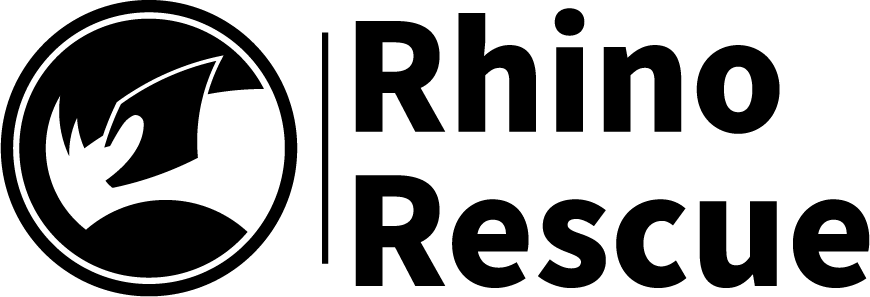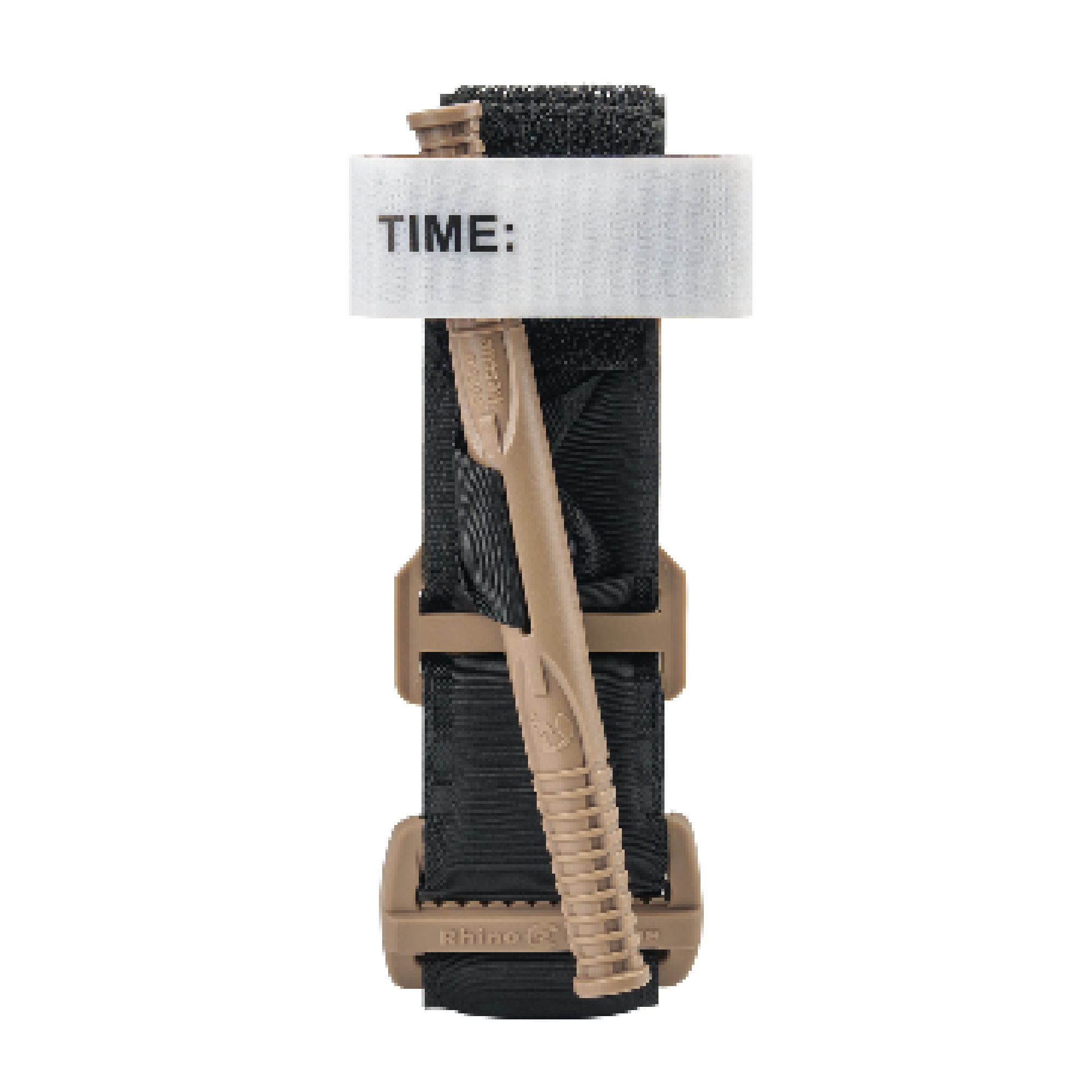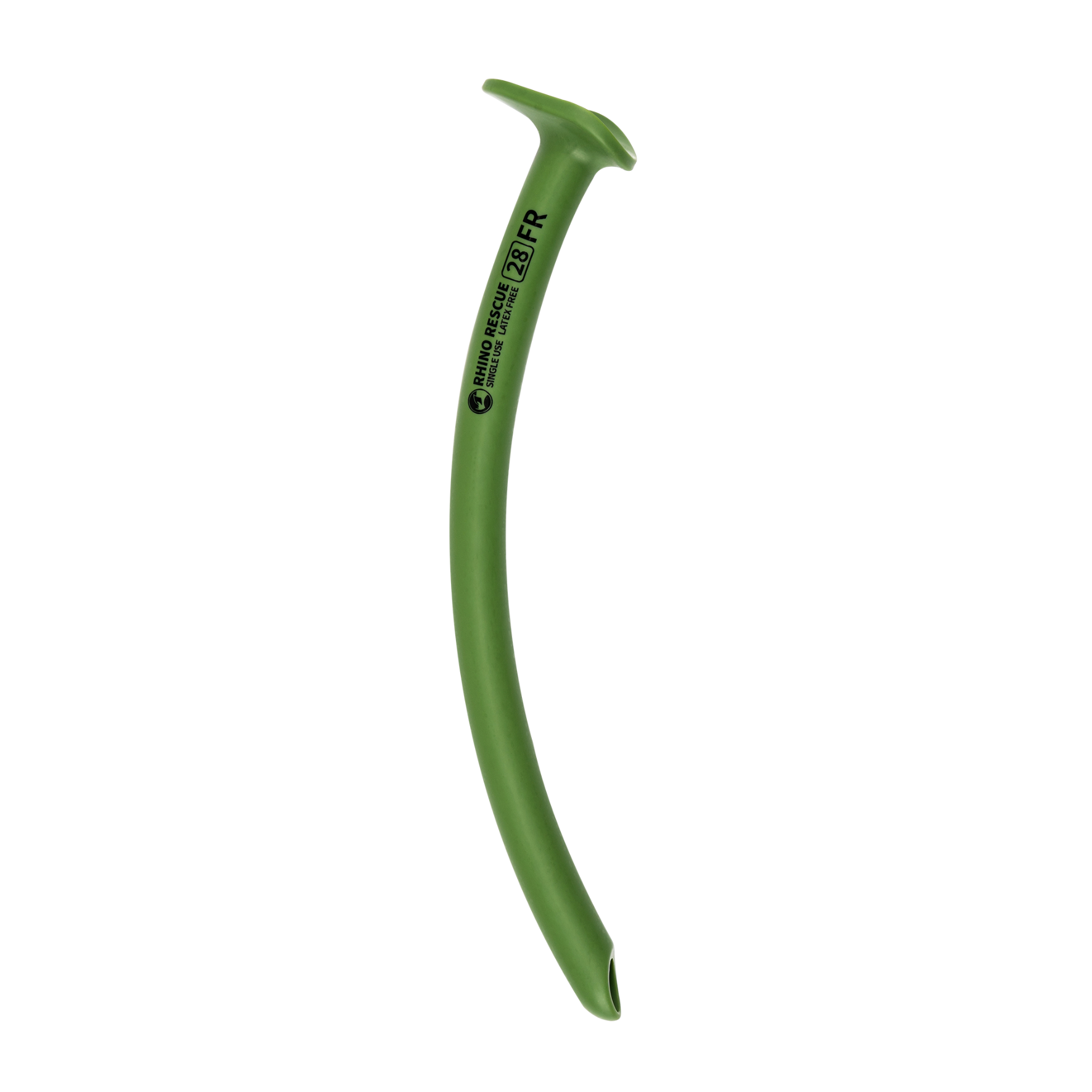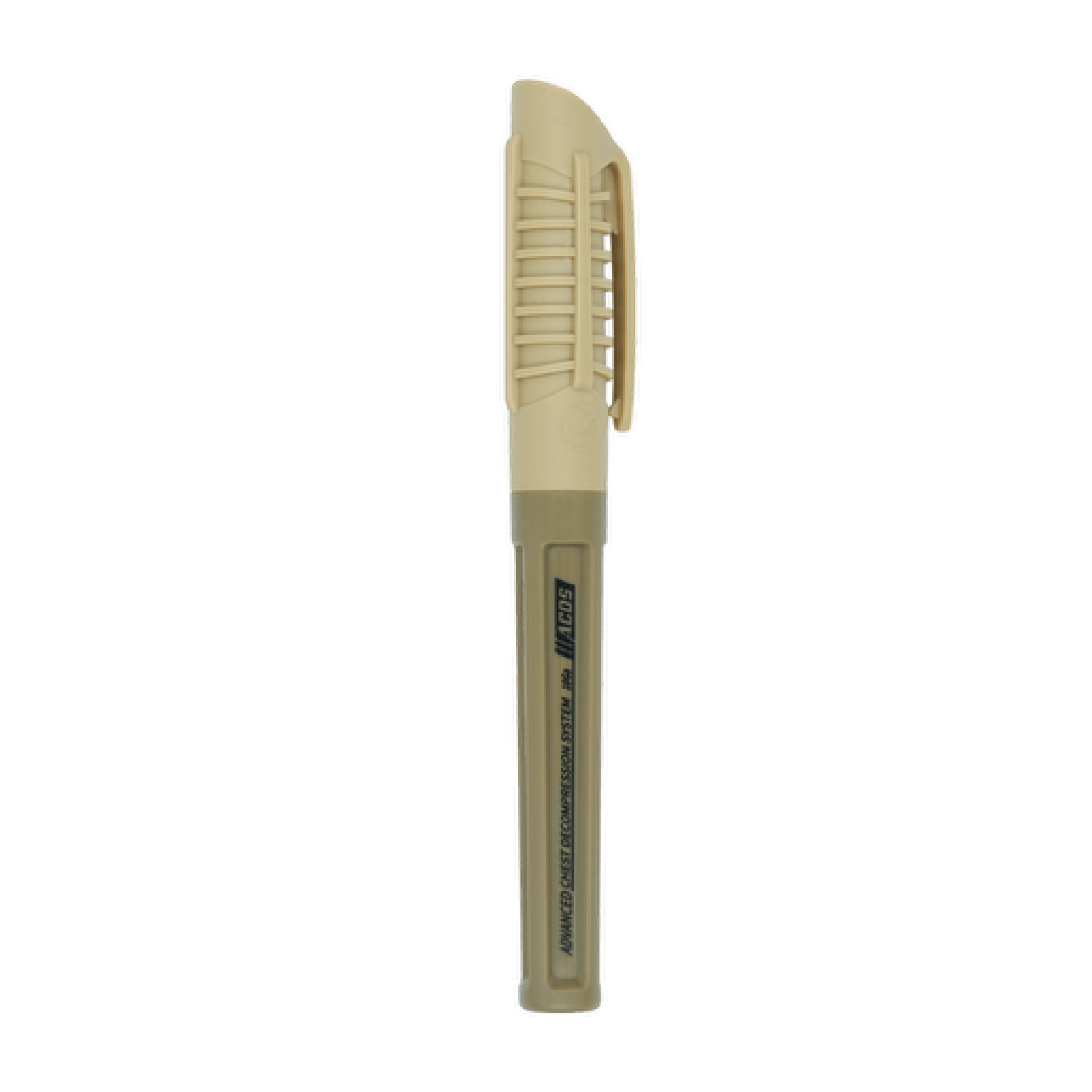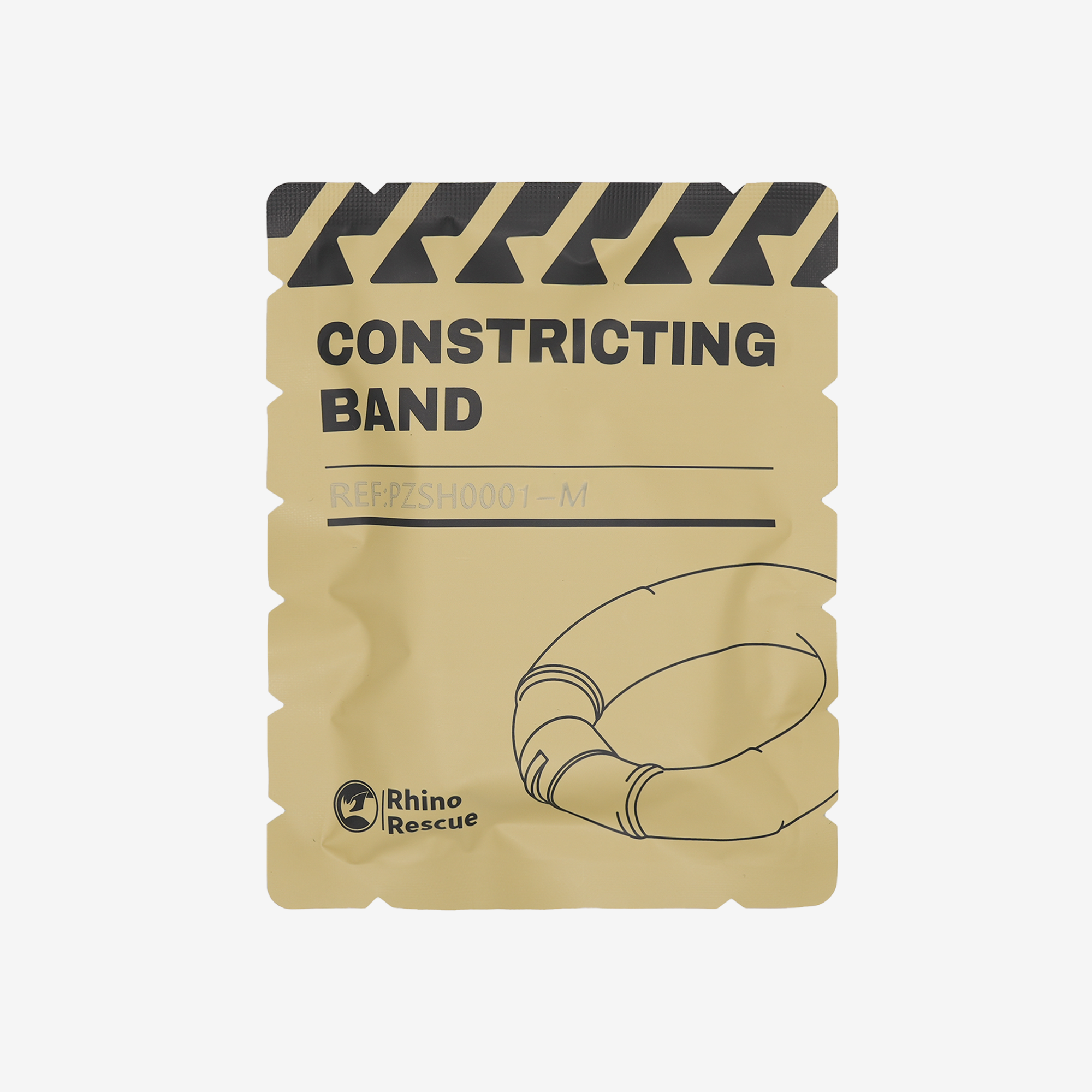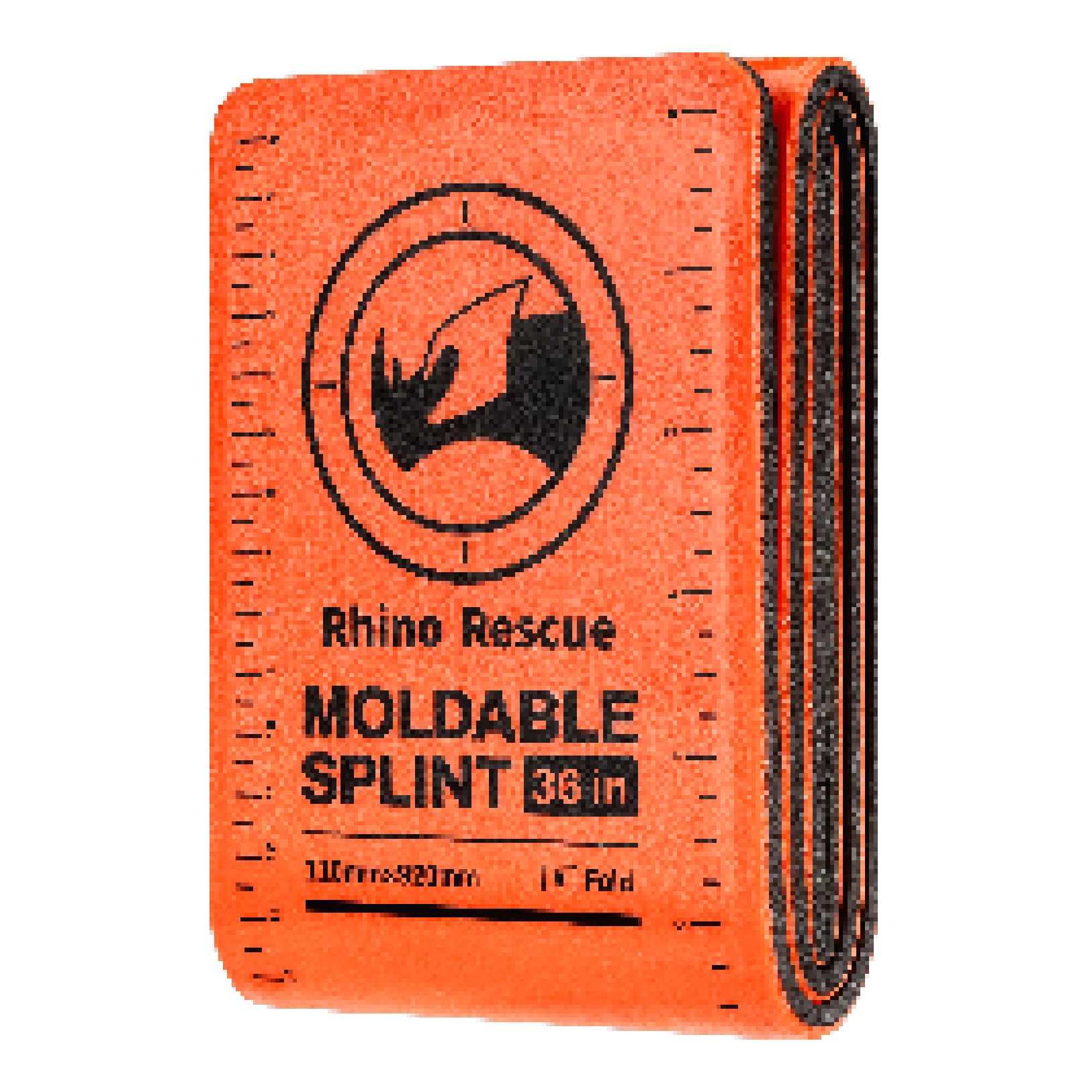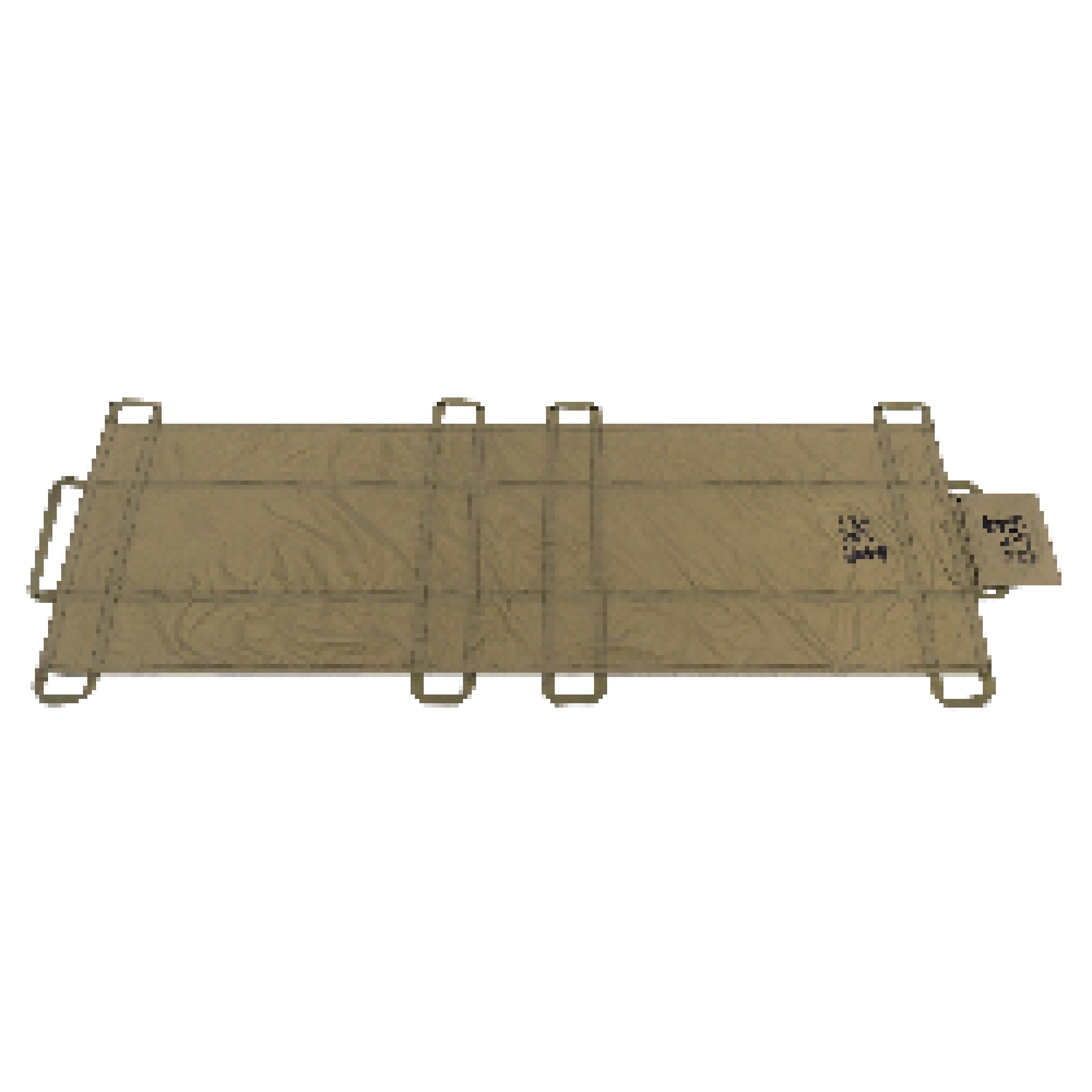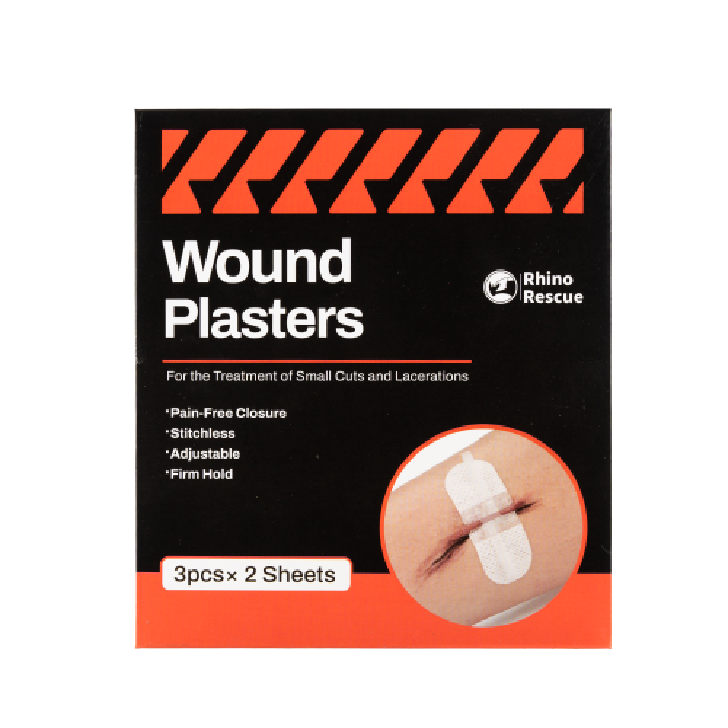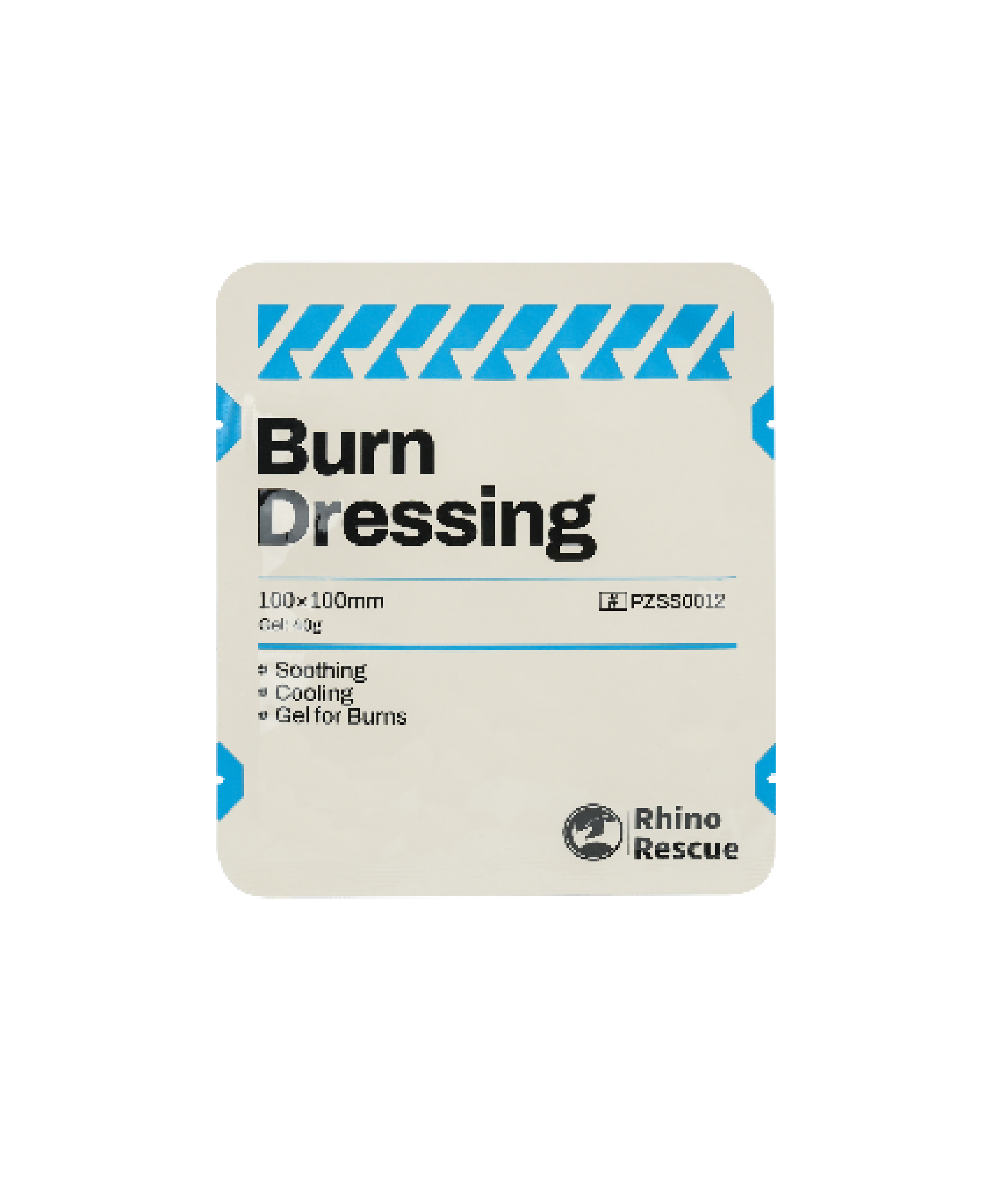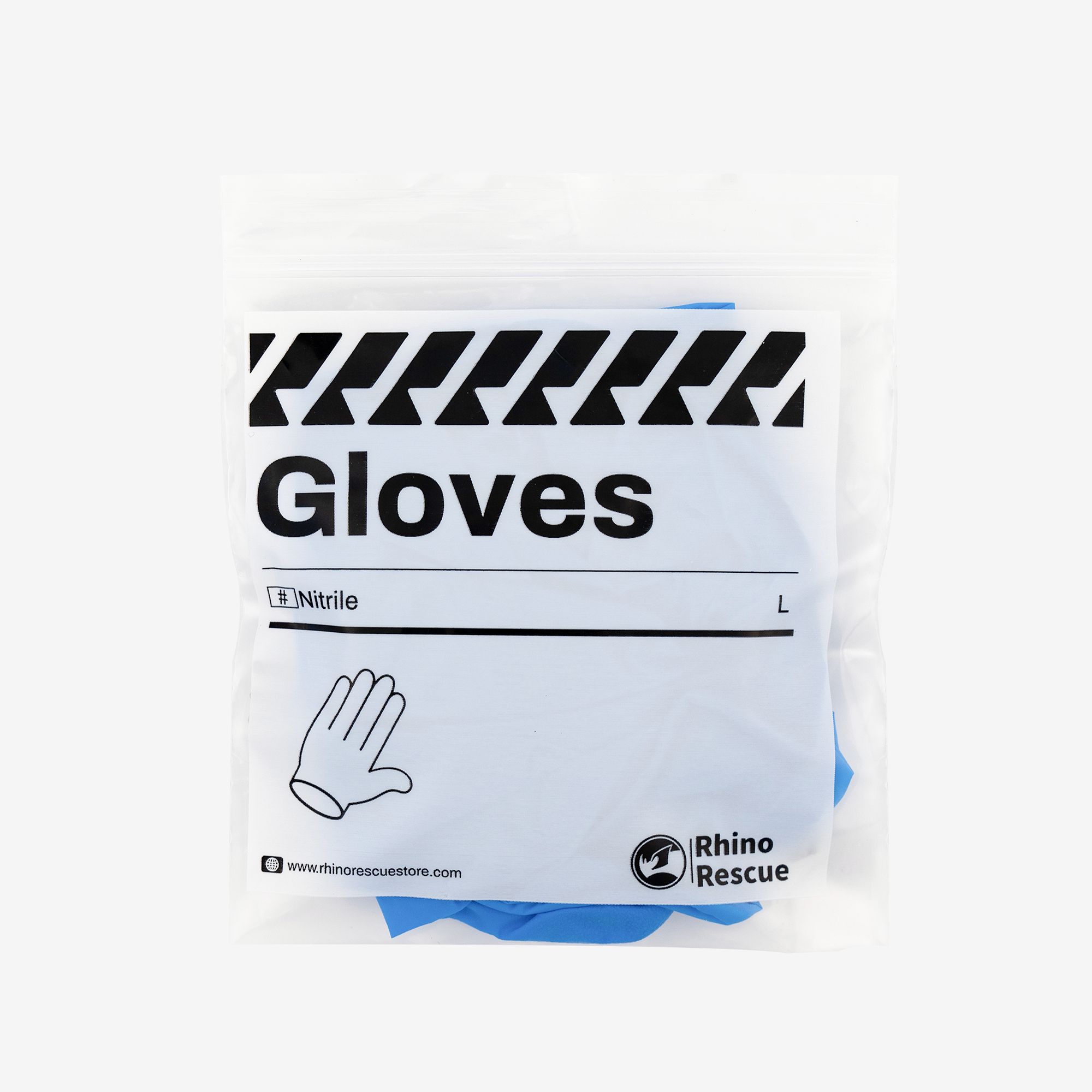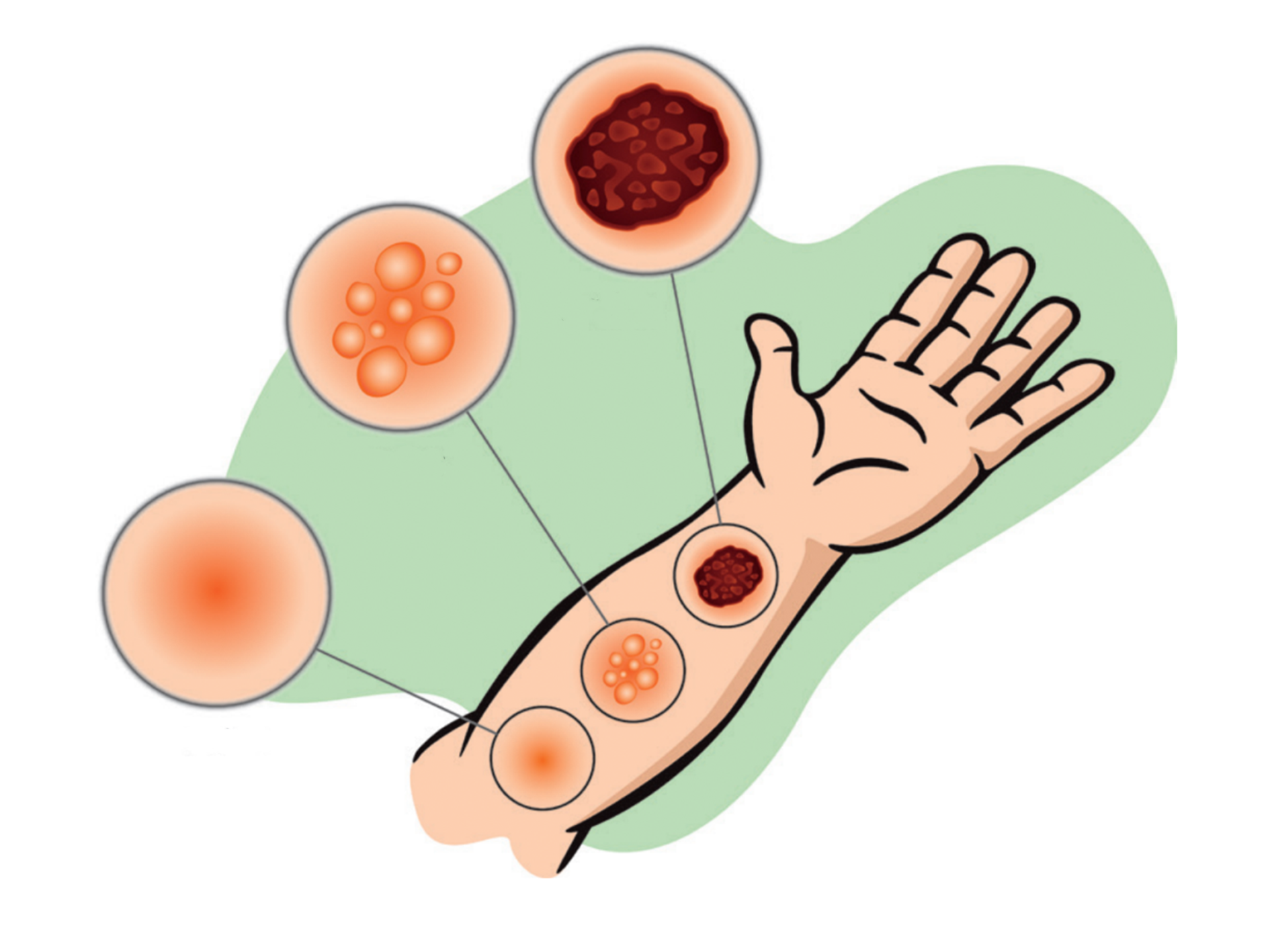Overview
Burns refer to damage to the body's tissues caused by flames, hot liquids, high temperature gases, lasers, molten metals or solids etc. They can cause varying degrees of pain, blistering, swelling or skin loss. Preventing fires can effectively prevent burns.
Scalds are tissue damage caused by hot liquids, steam etc. They are a type of thermal burn. Burns are general terms for tissue damage directly caused by heat on the human body, and are also a common type of traumatic injury.
Common Causes of Injury
5 types of hot liquids: hot water, oil, soup, porridge, steam;
5 types of containers holding hot liquids: electric kettle, tea cup, pots (for soup, oil, water), rice cooker, water dispenser;
5 types of scalding objects: electric iron, motorcycle exhaust pipe, stove cover, chimney, heated welding metal;
4 types of flames: kitchen fire, alcohol flame, fireworks, fire;
3 types of objects that can cause electric shock: power strip, electrical outlet, old wiring;
4 types of substances that can cause chemical burns: oxalic acid, toilet bowl cleaner, drain opener, food drying agent.
Summarized the causes of injuries from different perspectives into 5+5+5+4+3+4 categories.
Pathophysiological Mechanism of Shock in Severe Burn and Scald Patients
The main pathophysiological basis of severe burns and scalds is fluid loss caused by exudation, as well as abnormal cardiac function and vasoconstriction. Large amounts of plasma-like fluid exude from blood vessels into the wound surface and interstitial spaces, leading to a sharp decrease in effective circulating blood volume and microcirculation disorders, as well as dysfunction and structural damage to important organs and tissues.
In the early stage of severe burns, before significant decrease in blood volume due to increased capillary permeability, stress quickly activates the local renin-angiotensin system in the heart and endothelin release, causing microvascular contraction in the myocardium, which can lead to myocardial ischemia and hypoxia damage and cardiac dysfunction. Myocardial damage will further reduce effective circulating blood volume, aggravating ischemia and hypoxia damage to tissues and organs throughout the body, becoming one of the important initiating factors of shock and ischemia hypoxia in the early stage of severe burns. Subsequently, massive fluid loss further reduces circulating blood volume, aggravating myocardial ischemia and affecting cardiac function. Increase of myocardial inhibitory factors during shock can inhibit myocardial contractility, strongly constrict small blood vessels in abdominal viscera, and aggravate cardiovascular dysfunction during shock.
Clinical Manifestations
1. Burn depth classification
First degree (erythema): Mild redness, swelling, heat, pain, sensitive to touch, dry surface without blisters
Second degree (blistering burns):
Superficial second degree: Severe pain, sensitive to touch, blistering, after blister roof comes off, uniform redness and obvious edema of wound surface
Deep second degree: Decreased sensation, with or without blisters, pale base with sporadic red spots, moist wound
Third degree: Loss of pain sensation, no elasticity, dry, no blisters; can involve injury to muscles, nerves, blood vessels, bones and viscera when severe

Emergency Treatment Measures
-
he principle for treating burns and scalds caused by fire and hot liquids is to get away from the heat source and leave the scene as quickly as possible.
-
Observe vital signs such as consciousness, breathing, pulse. If there are problems, immediately start cardiopulmonary resuscitation and call 999 for emergency rescue.
- Emergency treatment mnemonic: Rinse, Remove, Soak, Cover, Send
Rinse: Rinse the burned area with clean running cold water for at least 10 minutes. The water flow should not be too rapid. Running cold water can quickly carry away local heat and reduce further thermal damage.
If the pain is more severe, extend the rinse time. If there is no cold water, harmless cold liquids can be used as a substitute. The bacterial content in regular tap water is very low, it can be used completely safely without worry of potential infection. If tap water is unavailable, well water and river water can also be used.
Remove: Remove clothing covering the wound in cold water. Be very careful, do not forcibly peel it off. If necessary, clothes can be cut open with scissors, with the blade facing up to avoid injuring or breaking blisters with the sharp edges.
Because blister skin has a protective effect on the wound surface in early burns, it can reduce pain and exudation. Since the affected area and surrounding areas swell after a burn, rings, watches, belts, shoes and other tight clothing should be removed before the area swells to prevent blood circulation impairment and more serious injury from inability to remove them afterwards due to swelling.
Soak: Continue soaking the burned area in cold water for 10-30 minutes, which can relieve pain, further dissipate heat, and rinsing in the very early stage of burns is critical to reduce burn severity. But for patients with large area burns and children and the elderly, pay attention to soak time and water temperature to avoid excessive decrease in body temperature. (Because animal and human experiments suggest 20 minutes of rinse and soak is optimal for later wound healing, needing the least skin grafts, and also has the lowest probability of causing hypothermia, so this duration is currently recommended. Rinsing time should not exceed 30 minutes, as prolonged rinsing has not been found to benefit wound healing.)

Cover: After the above treatments, cover and secure the wound with clean or sterile gauze or towels, this can reduce external contamination and irritation, and help maintain wound cleanliness and reduce pain. For facial burns, adopt a sitting or semi-reclining position, and cover the face with a clean sterile cloth with holes cut out for the mouth, nose, eyes and ears.
Send: Finally, if the condition is more severe, send the patient to a specialized hospital capable of treating burns for treatment in a timely manner.
Incorrect BURN Treatment Methods
- Do not use ice, iced water, or very cold water to soak burns, as this can cause further tissue damage. Cool tap water is optimal.
- Do not apply ointments, oils, butter, toothpaste, milk or egg white etc. to the wound, as this may increase risk of infection.
- Do not break blisters, as the intact blister roof can protect against infection. If broken spontaneously, apply antiseptic and cover with sterile dressing.
- Do not forcibly remove firmly sticking clothing, which can strip off skin and cause greater damage. Cut around stuck areas.
- Do not apply pressure or tight bandages, as swelling after burns can cut off circulation. Use loose sterile dressings.
- Do not give food or drink if severe burns around mouth, throat or stomach, as this increases vomiting risk.
- Do not remove debris deeply embedded in wounds, leave for professionals to avoid further injury.
- Do not apply traditional home remedies without medical supervision. Some may be harmful.
- Do not delay going to hospital for severe burns. This can be life-threatening.

